How to Print on Fabric: 21 of Our Top Tips
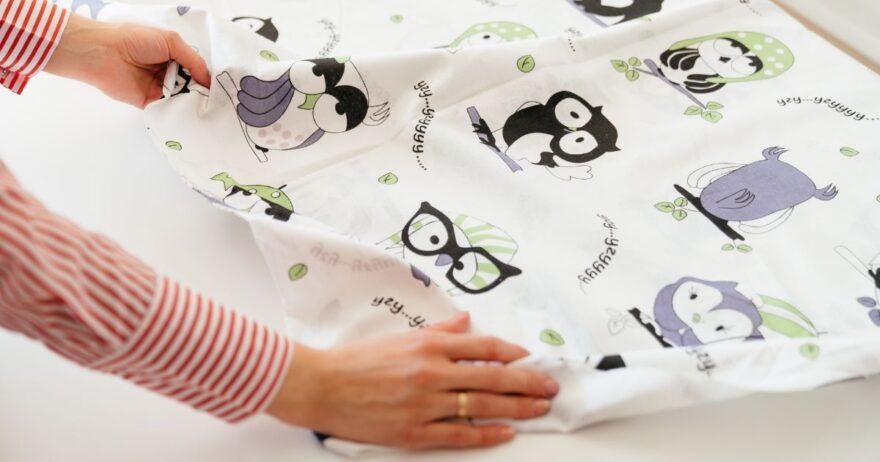
Learning how to print on fabric — especially pictures — can be a daunting task for many sewers and quilters. However, with the right techniques and expertise, it can be a fun and creative way to add personalized touches to your projects. That’s why we’ve gathered 21 tips adapted from Quiltmaker Magazine to help you master the art of printing on fabric.
And whether you’re a seasoned crafter or a beginner, these expert tips will guide you through the process and answer any questions you may have. So, read on and learn how to create stunning fabric designs that are unique to your personal style!
Our Best Tips About How to Print on Fabric
Photo Preparation
1
Can I use any software application for printing on fabric? Anything printed on paper can be printed on fabric. Photos can be printed from image-editing or word processing software. Image-editing software will give you more flexibility in customizing your photos.
2
How do I prepare photos to print on fabric? Your photos must be in digital format, either from a digital camera or scanned from a traditional photograph. Consult the manual for your digital camera or scanner to learn how to transfer images to your computer. Once your photos are on the computer, crop them so you only print the portion of the photo you want and then resize them to the dimensions you wish to print.
3
How do I crop a digital photo? Almost any image-editing software has the tools to crop a photo. Consult your manual for specific details. In general, look for a cropping tool shaped like a square in the tool palette. Click on the tool, drag around the image and crop. Save the image at the size you want to print it in a JPEG format and use a new file name.
4
How do I make my pictures more interesting? Compose or crop the image to guide the viewer’s gaze to the subject. One way to do this is to apply the “rule of thirds.” Divide the picture area into vertical and horizontal thirds (like a tic-tac-toe grid). Instead of placing the subject in the center of the grid, place it on one of the four lines to create a picture with a more dramatic sense of scale or proportion. For example, line up a subject on line A or B. Or in a landscape photo, experiment by aligning the mountains or horizon on line one or two.
5
How do I make sure the photos are the right resolution? When printing digital photos on fabric, save each photo at the size you will be using with a resolution of at least 150 dpi. You can save at a higher resolution for better quality, but the files will take longer to print.
6
How do I arrange the photos for printing? Arrange the photos so that you can print as many as possible on a full sheet of fabric at once. If you’ll be trimming photos with no seam allowances, then the photos can touch each other. If you’ll be sewing photos to a fabric, be sure to leave 1/2″ between images for seam allowances when the photos are cut apart. It’s a good idea to first print out photos on plain paper, checking for color and composition and making sure you have enough trim space between photos for your project.
7
Is there anything else I should do to my digital photos? You can use image-editing software to correct colors by enhancing the brightness, contrast and/or saturation. Or you can change colors for special effects. When printing on fabric it can be helpful to slightly increase the saturation because the fabric will absorb more ink than paper.
From our Shop
Printable Fabric Options
8
Can I print on any fabric? A fabric sheet is a piece of fabric that has been treated to ensure the printed image will be colorfast and washable. It has a paper backing that adheres to the fabric to stabilize it as it moves through the printer.
9
Where can I get printable fabric sheets? Purchase them at your local craft, fabric or quilt shop; purchase them online, or make them yourself using an ink fixative such as Bubble Jet Set 2000.
10
Do fabric sheets need special handling? Always wash your hands before working with fabric sheets to prevent oil and dirt from staining the fabric.
11
Can I iron fabric sheets? Use a dry iron when ironing fabric sheets. Steam can leave spots or cause the fabric to separate from its backing. Follow the manufacturer’s instructions for how to set the photo with heat after printing.
12
How do I load fabric sheets in the printer? Since paper orientations vary among printers, check your user’s manual to find out whether to load yours with the fabric (printable) side up or down. It is recommended that you insert fabric sheets one at a time to prevent misfeeds.
13
Is printed fabric safe to use for baby quilts and quilts for young children? Rinse printed fabric before using it in a project that may involve skin contact, especially a project for children. Follow the manufacturer’s instructions for treatment of the fabric sheets prior to use to guarantee the fabric will be safe for children or those with sensitive skin.
14
Is there anything else I need to know about fabric sheets? Pins may leave permanent holes in fabric sheets. If you need to pin, do so only in the seam allowances.
Printer Details
15
How can I tell if my printer can print on fabric? Most inkjet printers print on fabric; most laser printers do not. Check your user’s manual for details.
16
What printer settings should I use for printing on fabric? To choose the right settings for printing on fabric, select Print from the File menu. Choose Properties and select Best under the Print Quality options. For Paper Type, choose Plain
17
Sometimes print-ready fabric curls before printing. Is that a problem? The fabric should be flat when sent through the printer. If you are using fabric sheets, keep them in the original packages until ready to use. You may also want to place a heavy book on the fabric sheets to keep them flat. When using homemade fabric sheets, iron them again before sending through the printer.
18
If the fabric jams in the printer, how do I get it out? Just like clearing a paper jam, this depends on the printer. If the printer has a rear access door, open it and gently pull the jammed fabric sheet out the back.
19
Why does printed fabric sometimes have smears or streaks? How can I avoid this? If fabric smears or smudges, a buildup of ink on the print cartridge may be the problem, which means it needs to be cleaned. If the cartridge is clean, the problem may be that the fabric being printed is too thick and is hitting the print head. Use a thinner weight fabric and see if the problem is resolved. Remember to always print a test page on paper before printing on a fabric sheet. White streaks can be an indication that one or more nozzles on the print cartridge are clogged. If cleaning doesn’t help, install a new cartridge and print again. White specks can mean that lint was on the fabric sheet. Remove lint from the fabric with a lint brush or tape before printing.
20
Can I print on dark fabric? Yes, but the image will be darker. And since printers don’t print white, any areas of the image that are white on the screen will appear the same color as the fabric when printed.
21
After printing, how do I get loose threads out of the printer? As a general rule, don’t worry about small threads in the printer. To reduce threads catching in the printer, trim any loose ones before printing and secure the leading edge with masking tape.
All in all, printing on fabric is a valuable skill for any sewer or quilter who wants to add a personal touch to their projects. And with these 21 expert tips, you can now confidently create beautiful fabric designs that are unique to your personal style. Remember to experiment with different printing techniques and fabrics to achieve the desired results. With practice, patience, and these helpful tips, you can become a master of printing on fabric in no time!
Enjoying this article? Sign up for our newsletter!


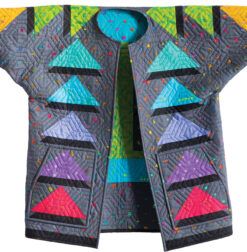
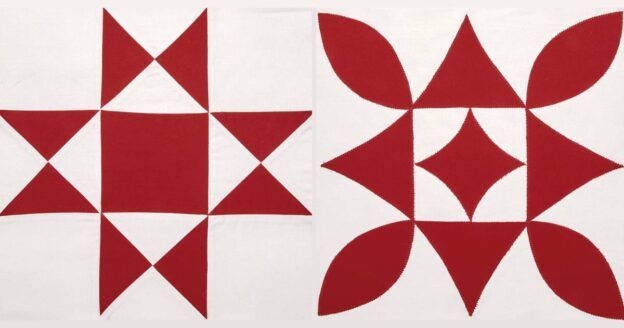
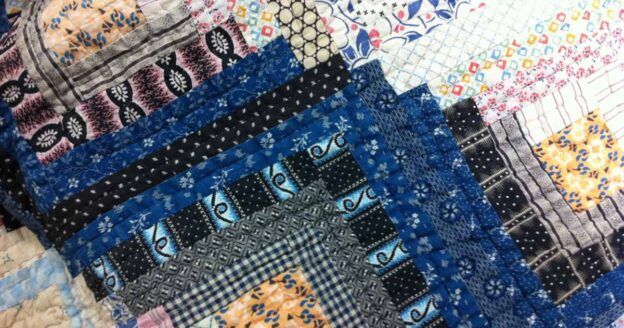
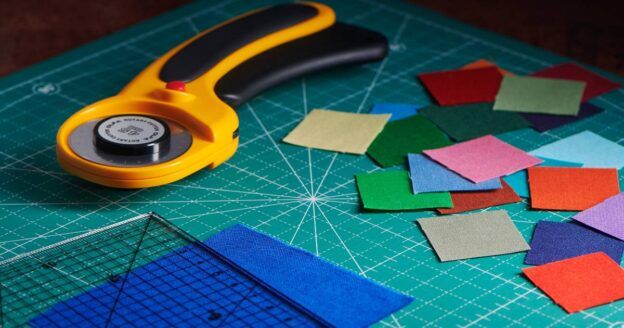
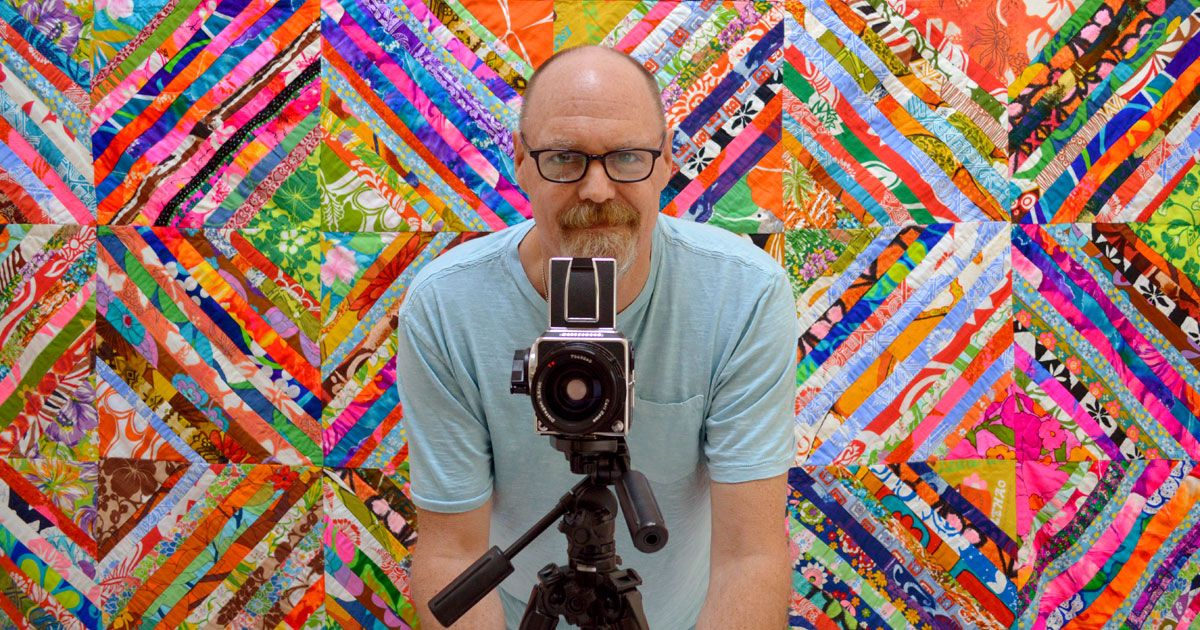
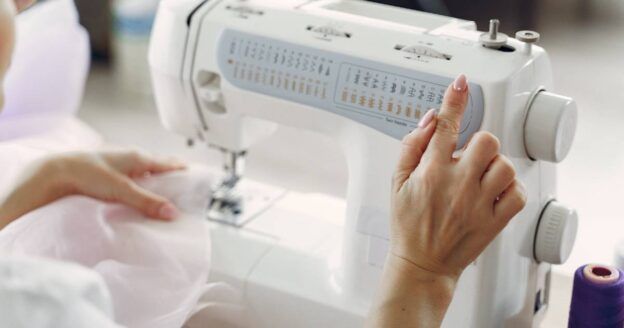

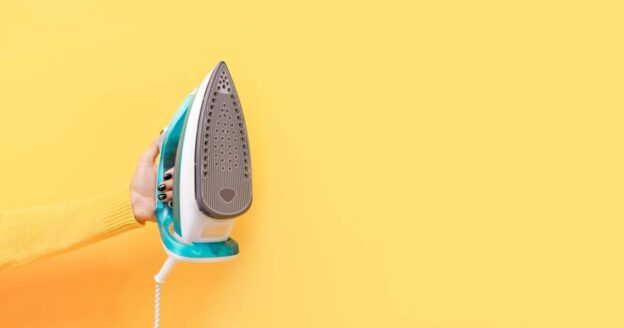
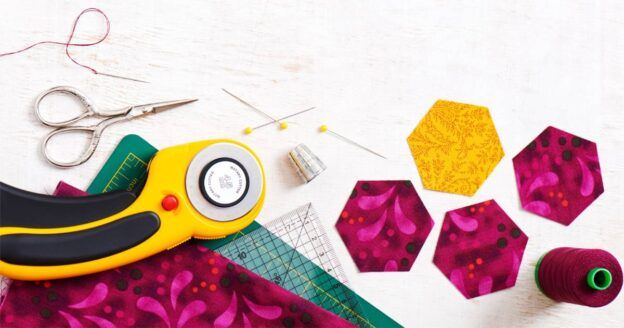
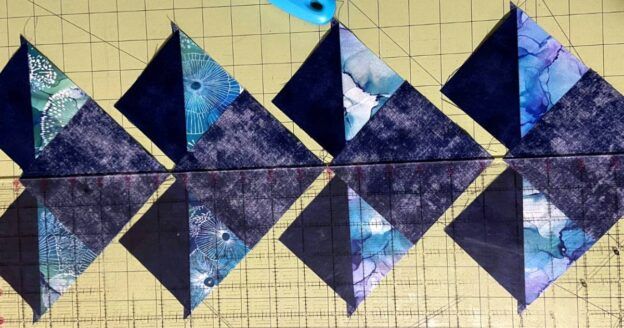



Pretty work. And I would like to recommend you a Circular Sample Cutter, which may help your cutting a lot. Please go to:
testextextile.com/product/circular-sample-cutter-tf513/